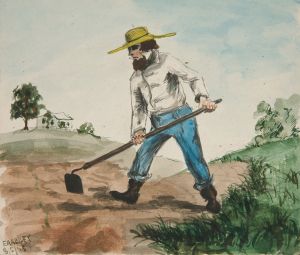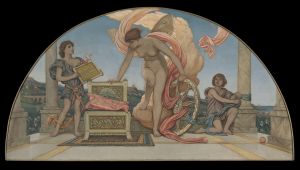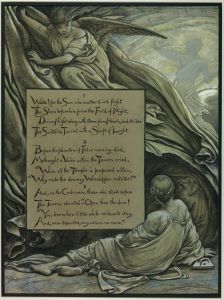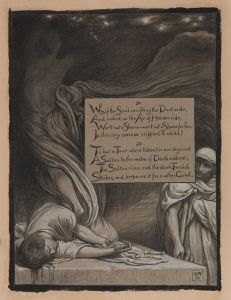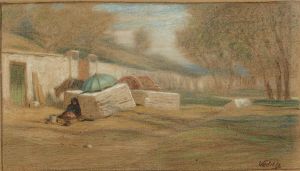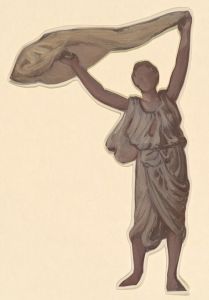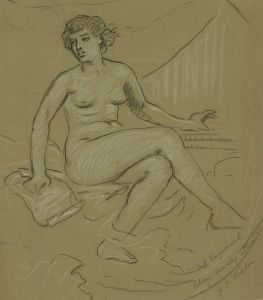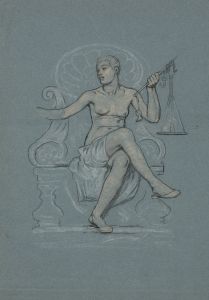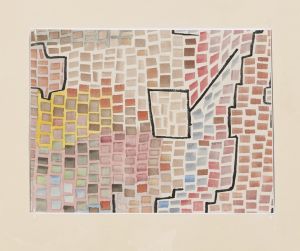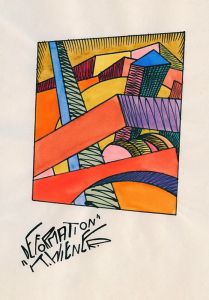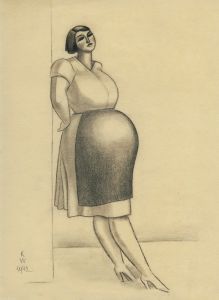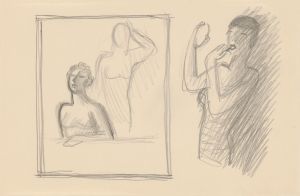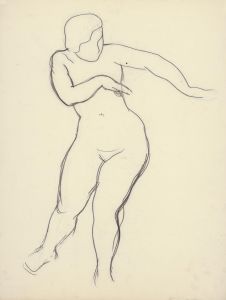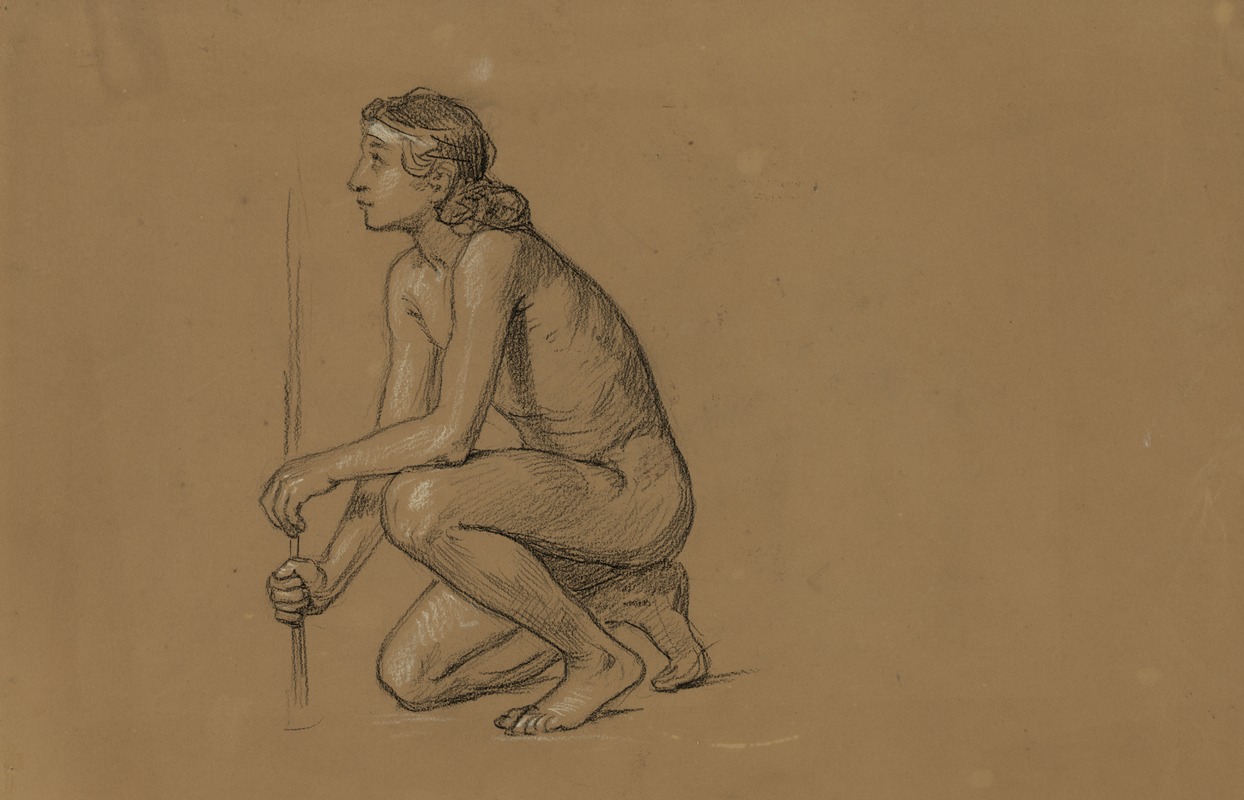
Study drawing for the figure of Agriculture
A hand-painted replica of Elihu Vedder’s masterpiece Study drawing for the figure of Agriculture, meticulously crafted by professional artists to capture the true essence of the original. Each piece is created with museum-quality canvas and rare mineral pigments, carefully painted by experienced artists with delicate brushstrokes and rich, layered colors to perfectly recreate the texture of the original artwork. Unlike machine-printed reproductions, this hand-painted version brings the painting to life, infused with the artist’s emotions and skill in every stroke. Whether for personal collection or home decoration, it instantly elevates the artistic atmosphere of any space.
Elihu Vedder, an American symbolist painter, is known for his allegorical and mystical works that often explore themes of human experience and mythology. One of his notable works is the "Study drawing for the figure of Agriculture," which serves as a preparatory piece for a larger project or painting. Vedder's drawings are characterized by their meticulous attention to detail and the symbolic depth they convey, often serving as a window into his creative process.
The "Study drawing for the figure of Agriculture" reflects Vedder's interest in allegory and symbolism, common themes in his oeuvre. Agriculture, as a subject, is rich with symbolic meaning, often representing fertility, growth, and the sustenance of life. In the context of Vedder's work, this figure likely embodies these themes, rendered with a focus on both the physical form and the underlying symbolic narrative.
Vedder's technique in his study drawings typically involves a careful and deliberate approach, using materials such as graphite or charcoal on paper. These studies allow him to explore the composition, anatomy, and emotional expression of his figures before committing to a final piece. The study for Agriculture would have been part of this exploratory process, helping Vedder to refine his ideas and visualize the final composition.
Elihu Vedder was part of the American expatriate community in Italy during the late 19th century, a period when many American artists sought inspiration from the European art scene. His time in Italy exposed him to classical art and the Renaissance masters, influences that are evident in his work. The classical themes and techniques he encountered there likely informed his approach to allegorical subjects like Agriculture.
Vedder's work, including his study drawings, is often associated with the symbolist movement, which sought to express ideas and emotions through symbolic imagery and themes. This movement was a reaction against the realism and naturalism that dominated the art world in the late 19th century, emphasizing instead the spiritual and mystical aspects of human experience. In this context, the figure of Agriculture can be seen as more than just a representation of farming or cultivation; it becomes a symbol of the cyclical nature of life and the interconnectedness of humanity and the natural world.
The study drawing for Agriculture would have been a crucial step in Vedder's artistic process, allowing him to experiment with the pose, proportions, and details of the figure. These preparatory works are valuable not only for their artistic merit but also for the insight they provide into Vedder's creative process and the development of his ideas.
While specific details about the "Study drawing for the figure of Agriculture" may be limited, it is clear that this work fits within Vedder's broader artistic vision and thematic interests. His ability to imbue his subjects with symbolic meaning and emotional depth has cemented his place in the history of American art, and his study drawings continue to be appreciated for their technical skill and conceptual richness.





